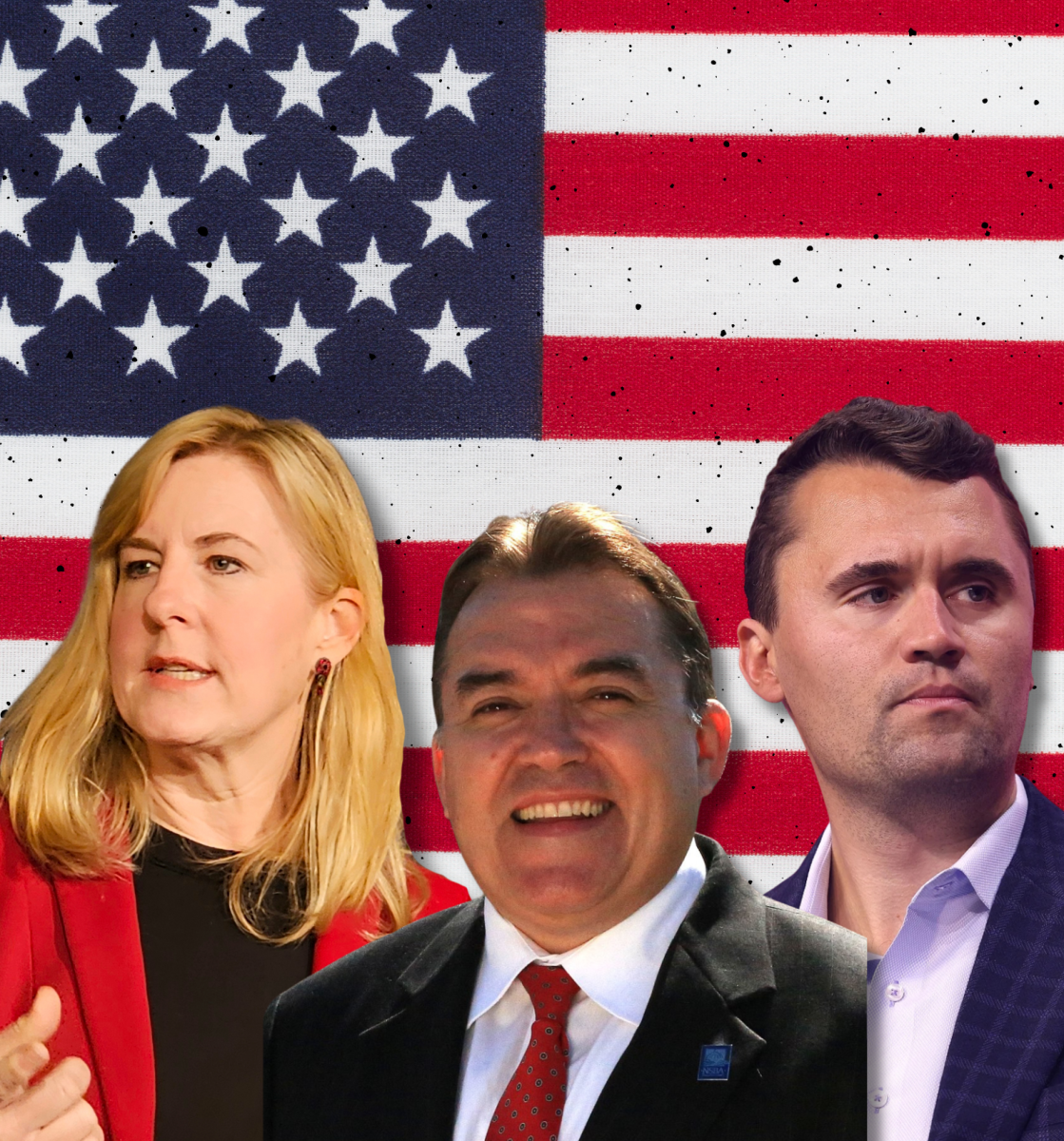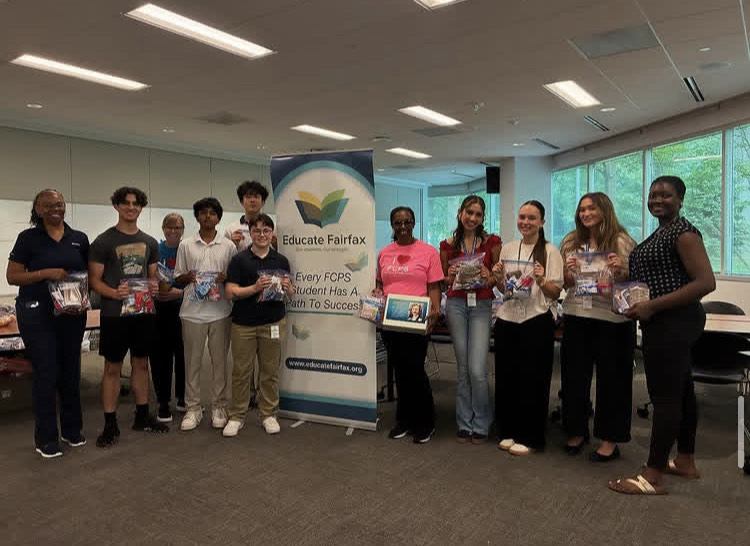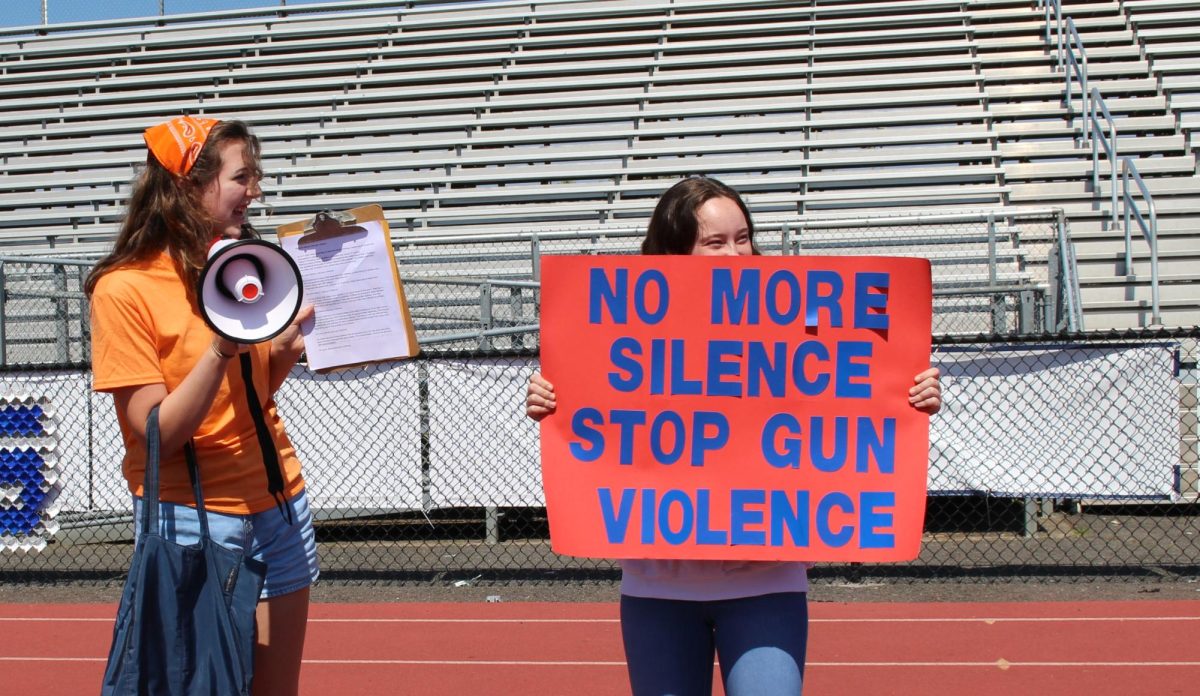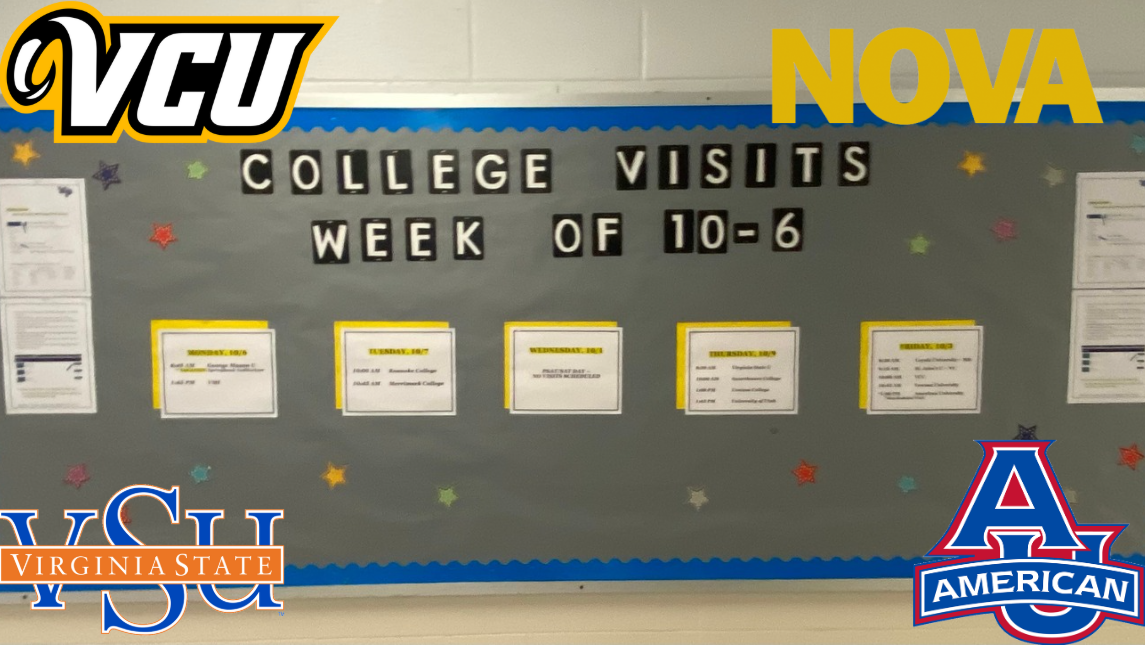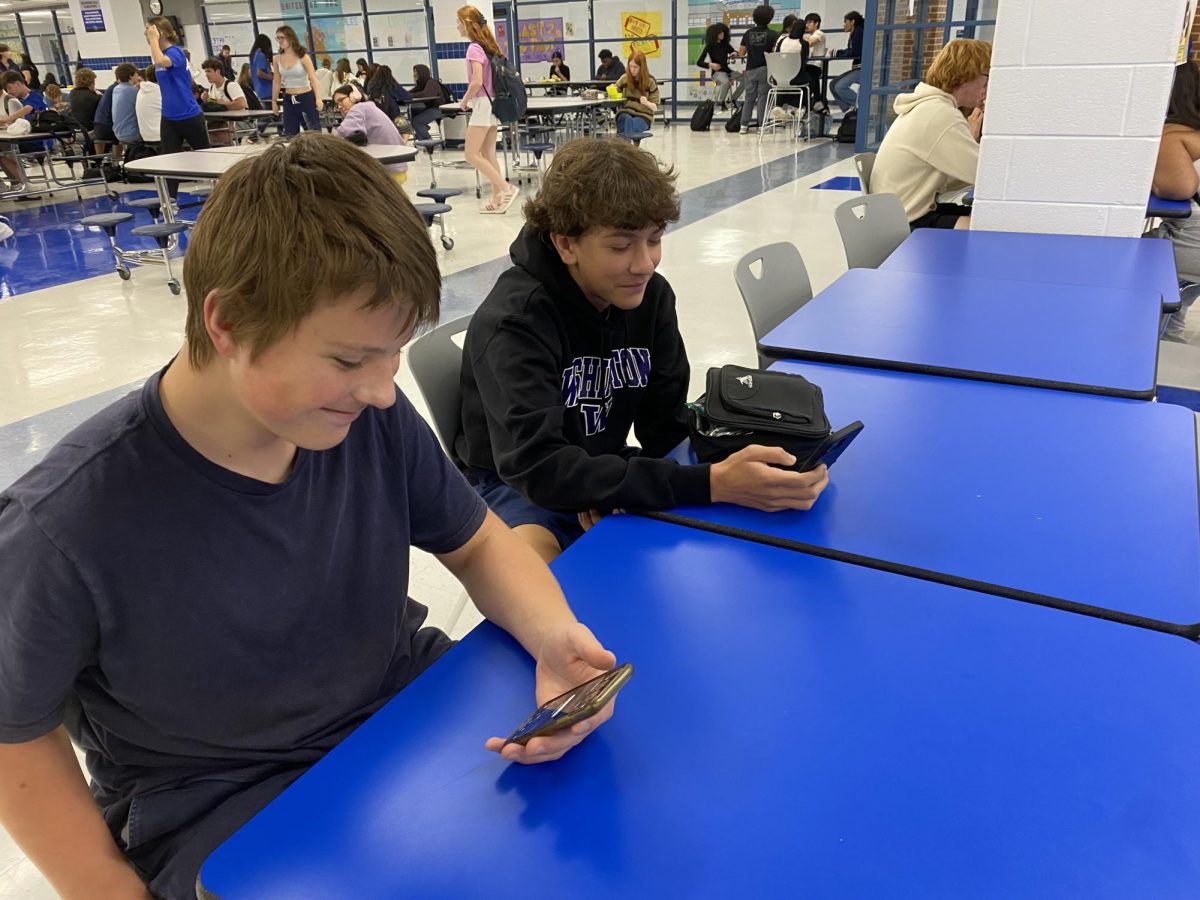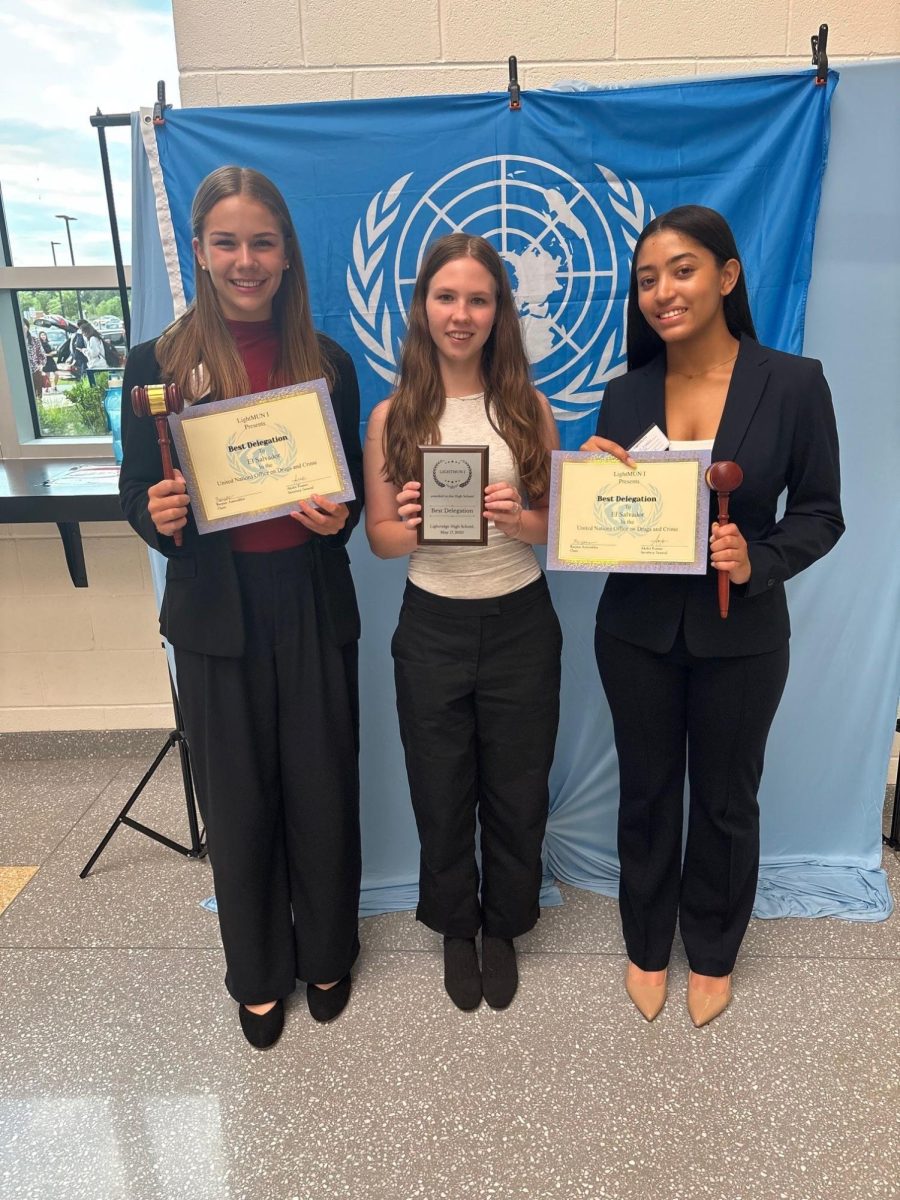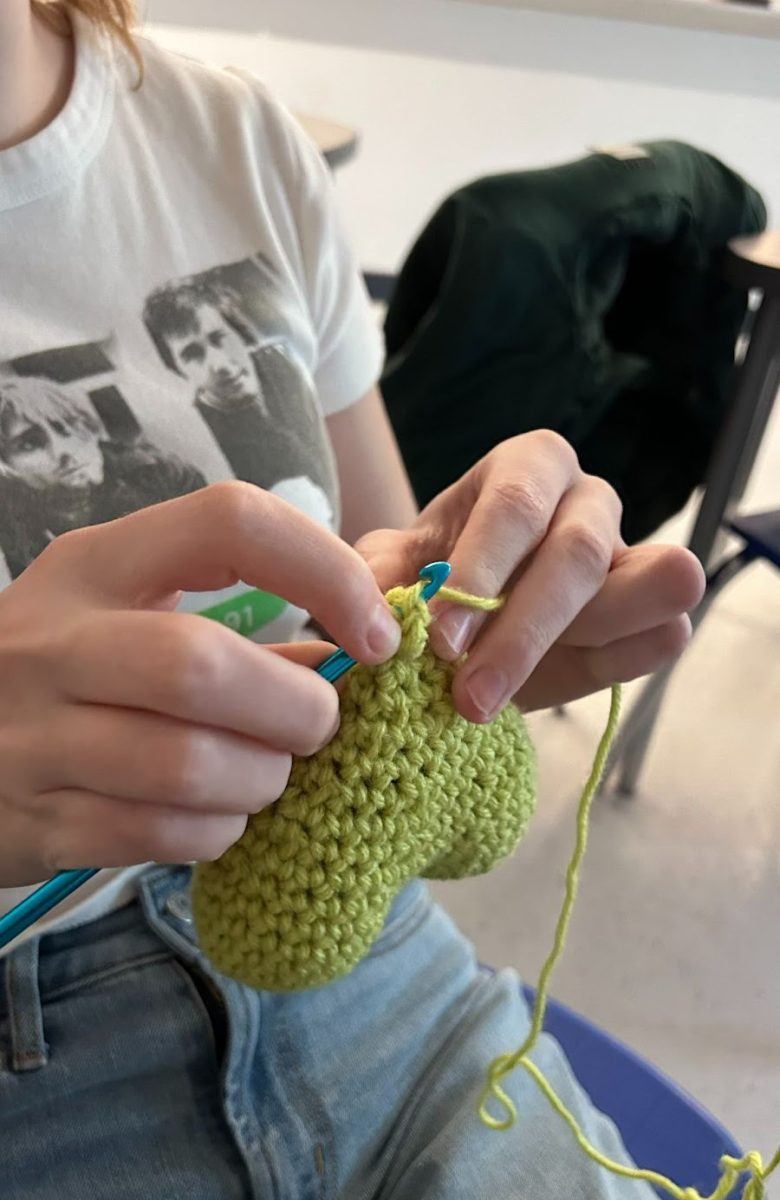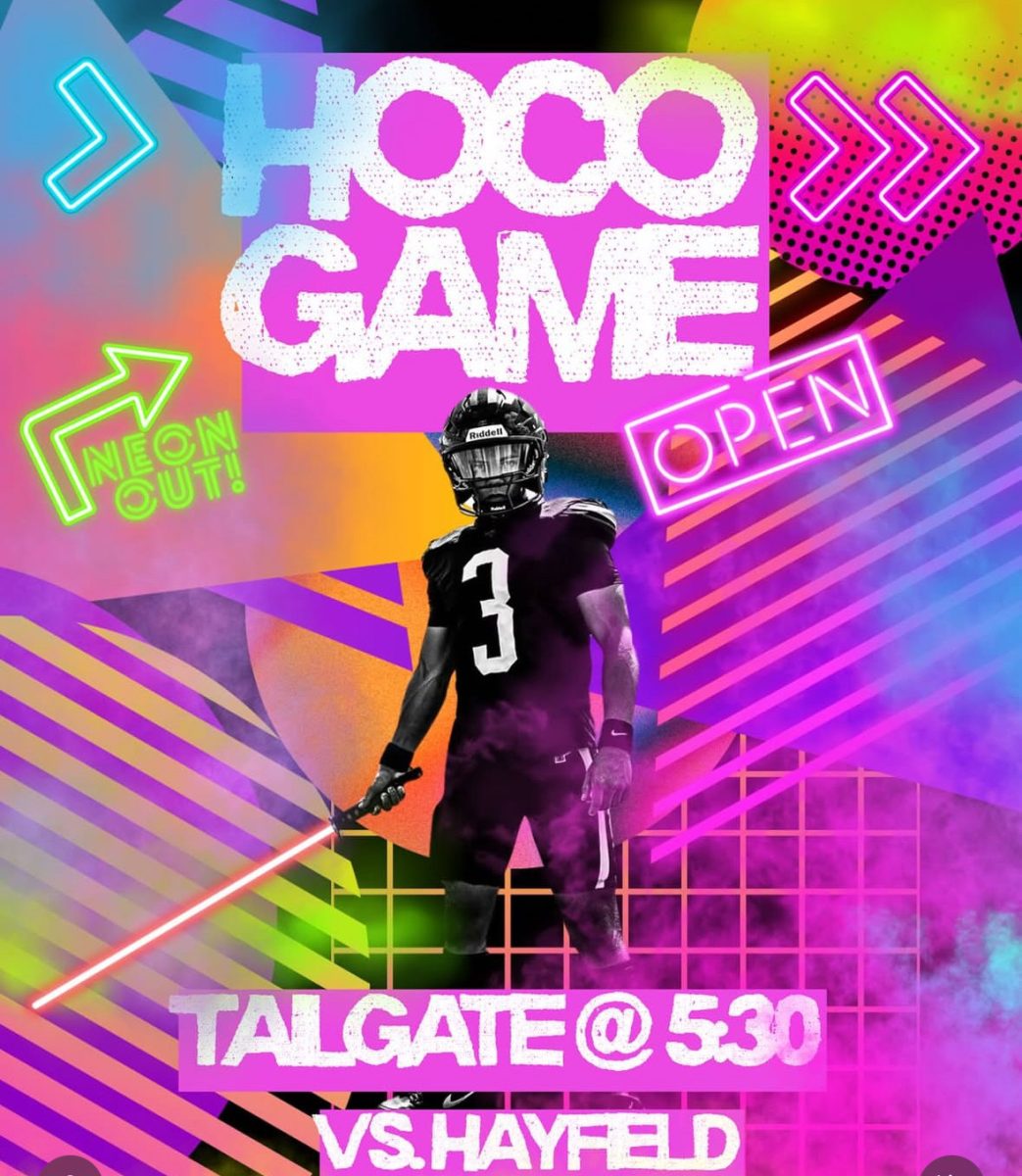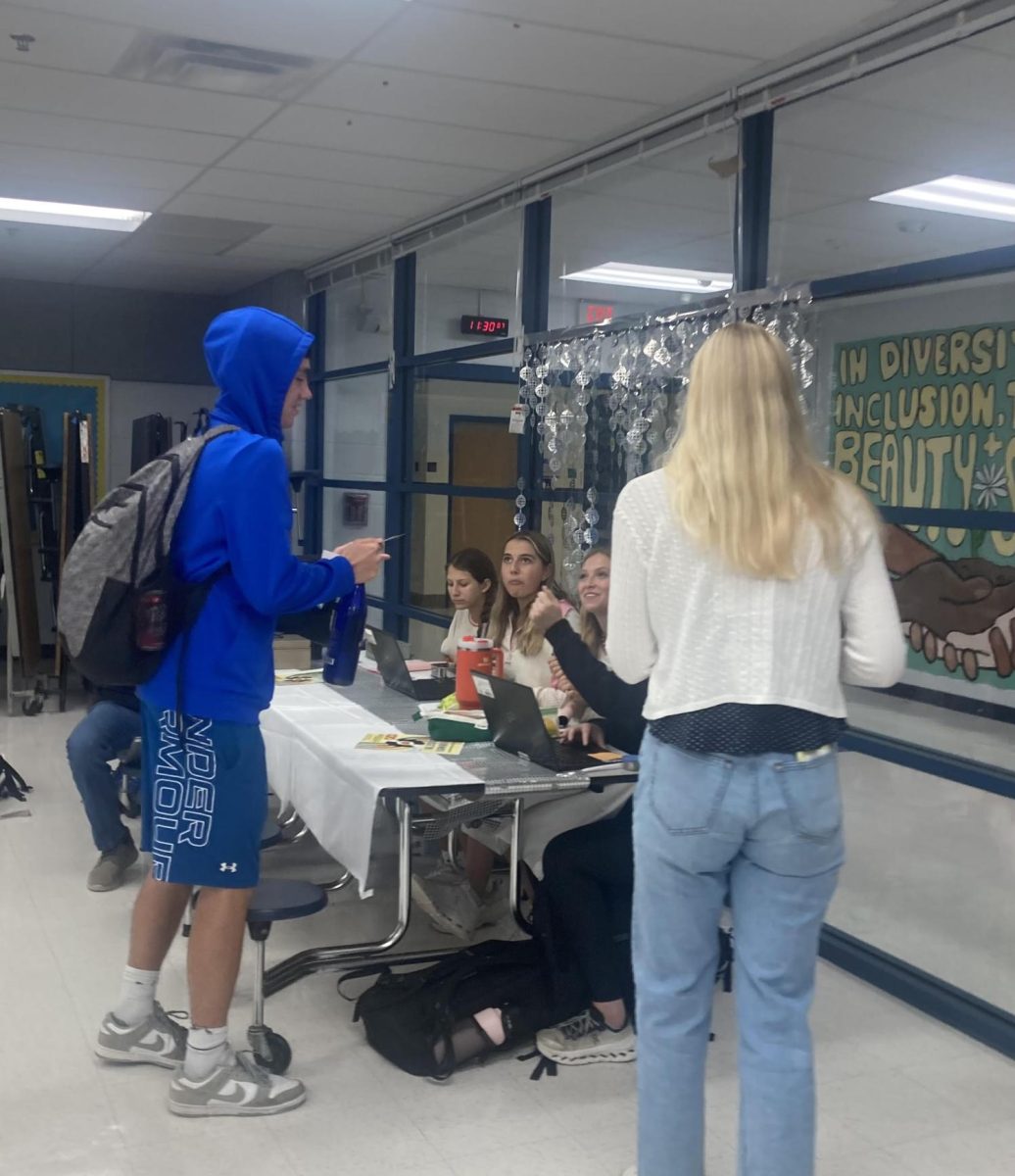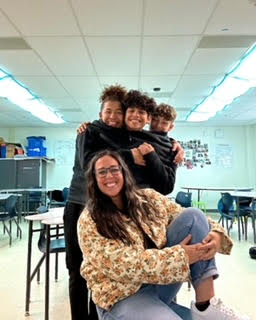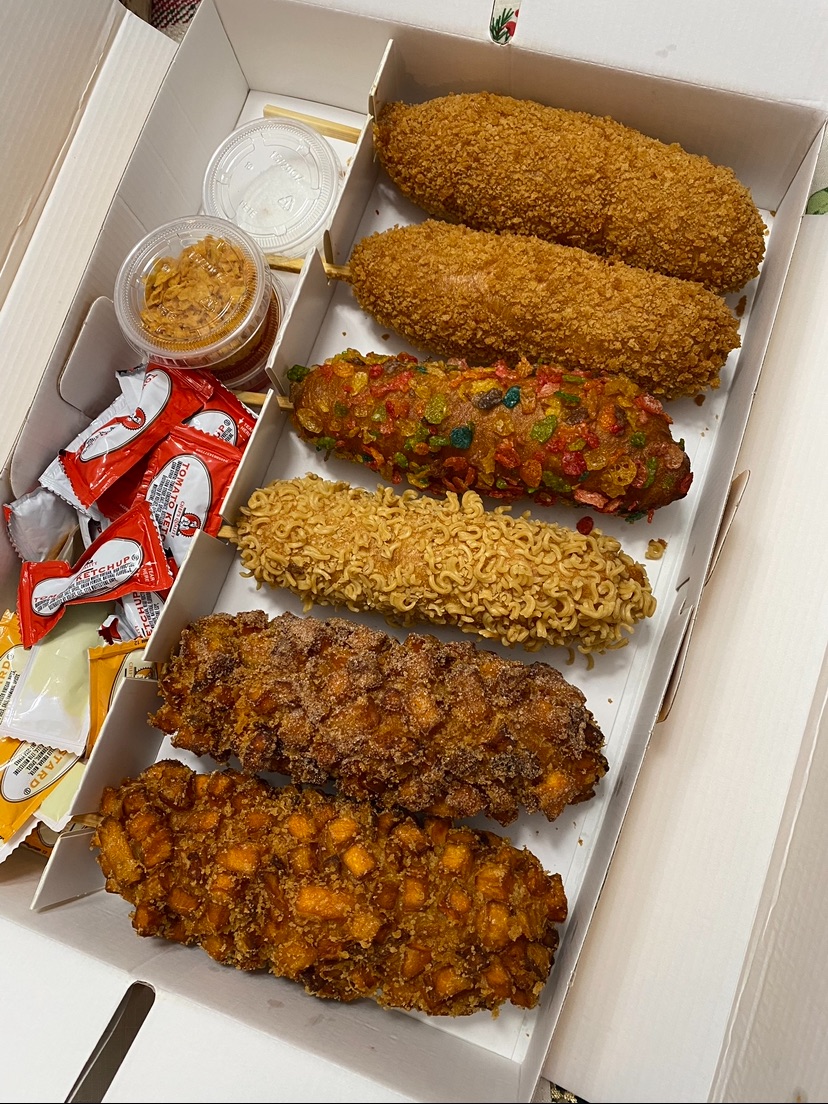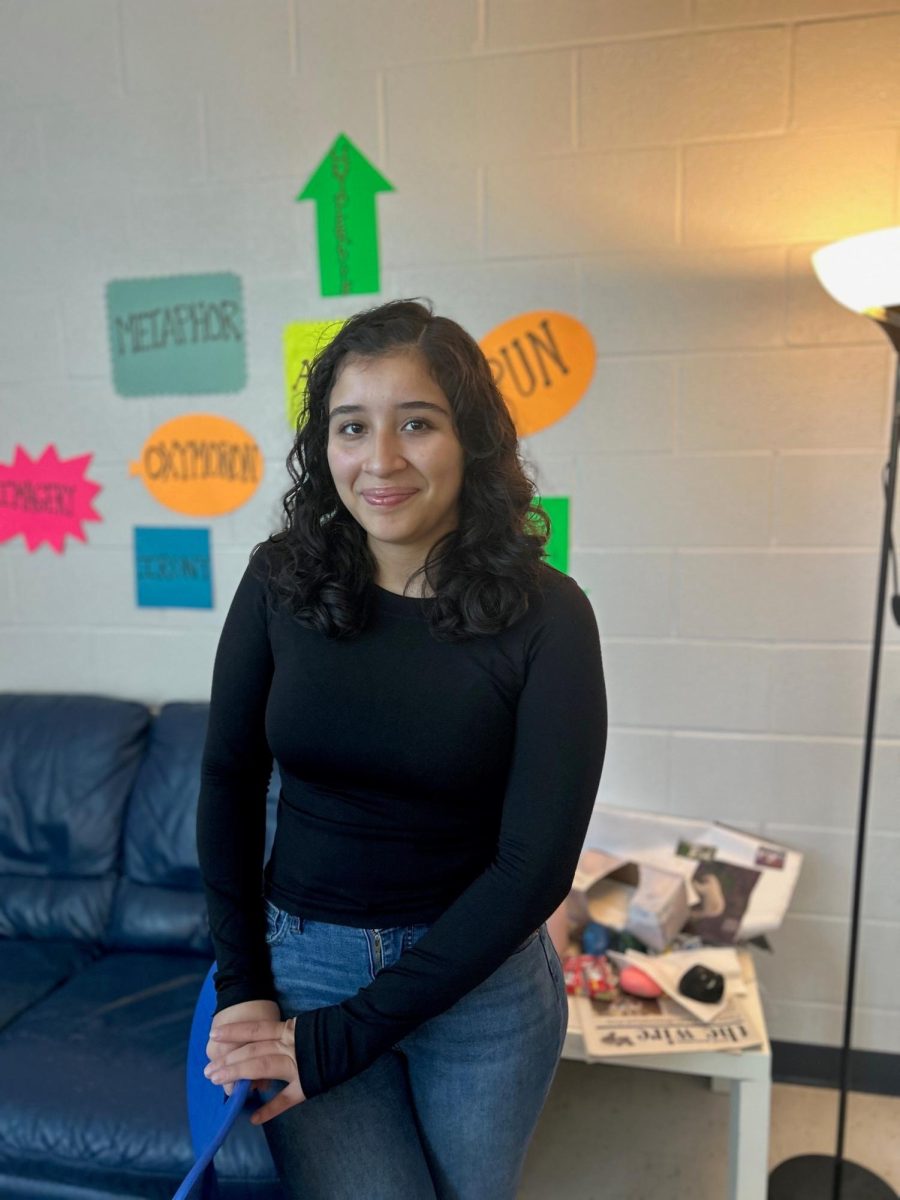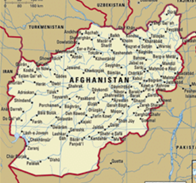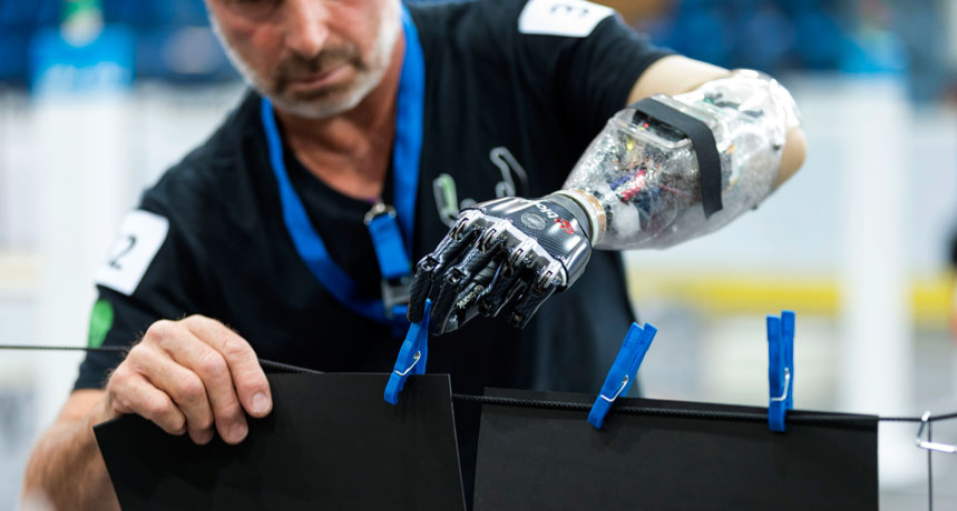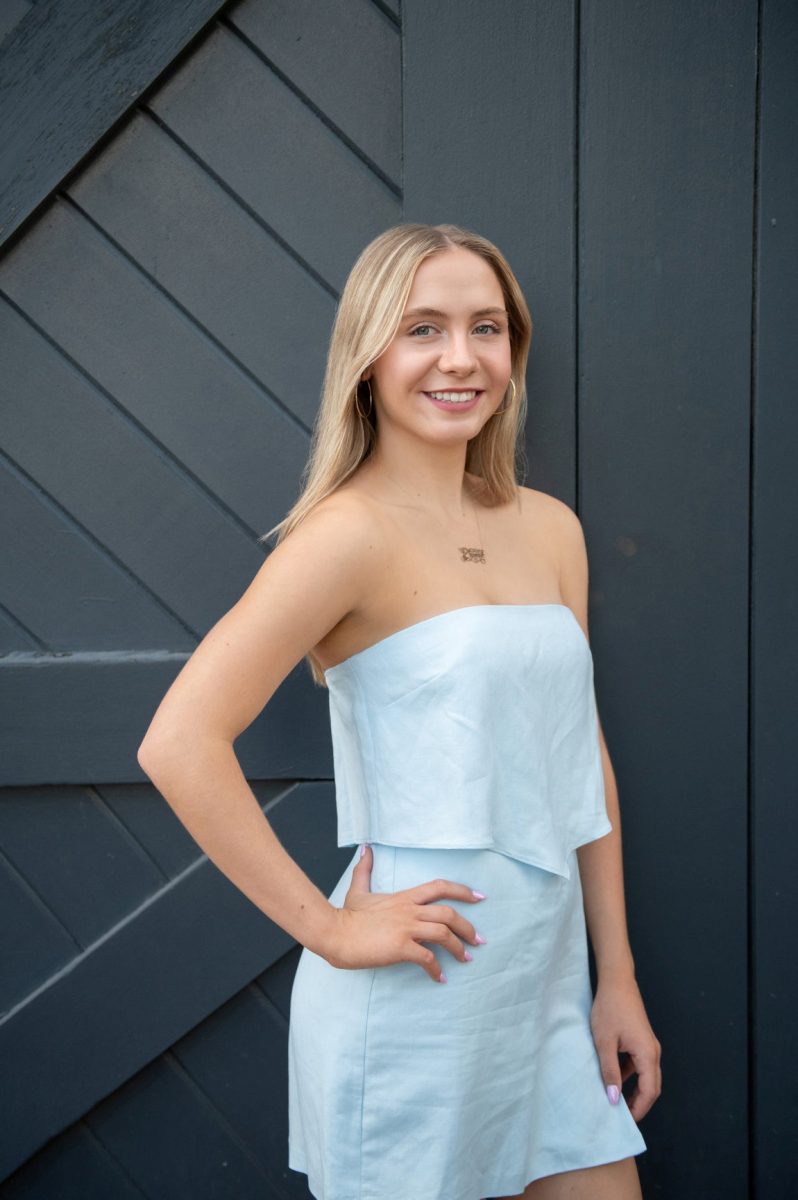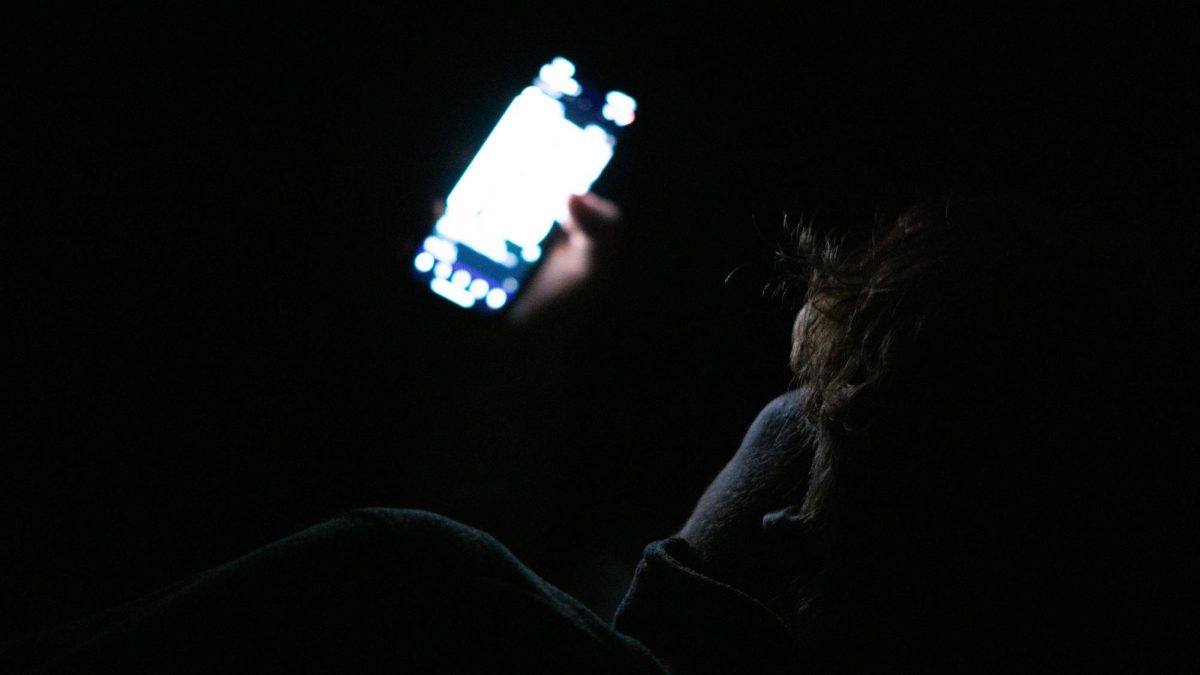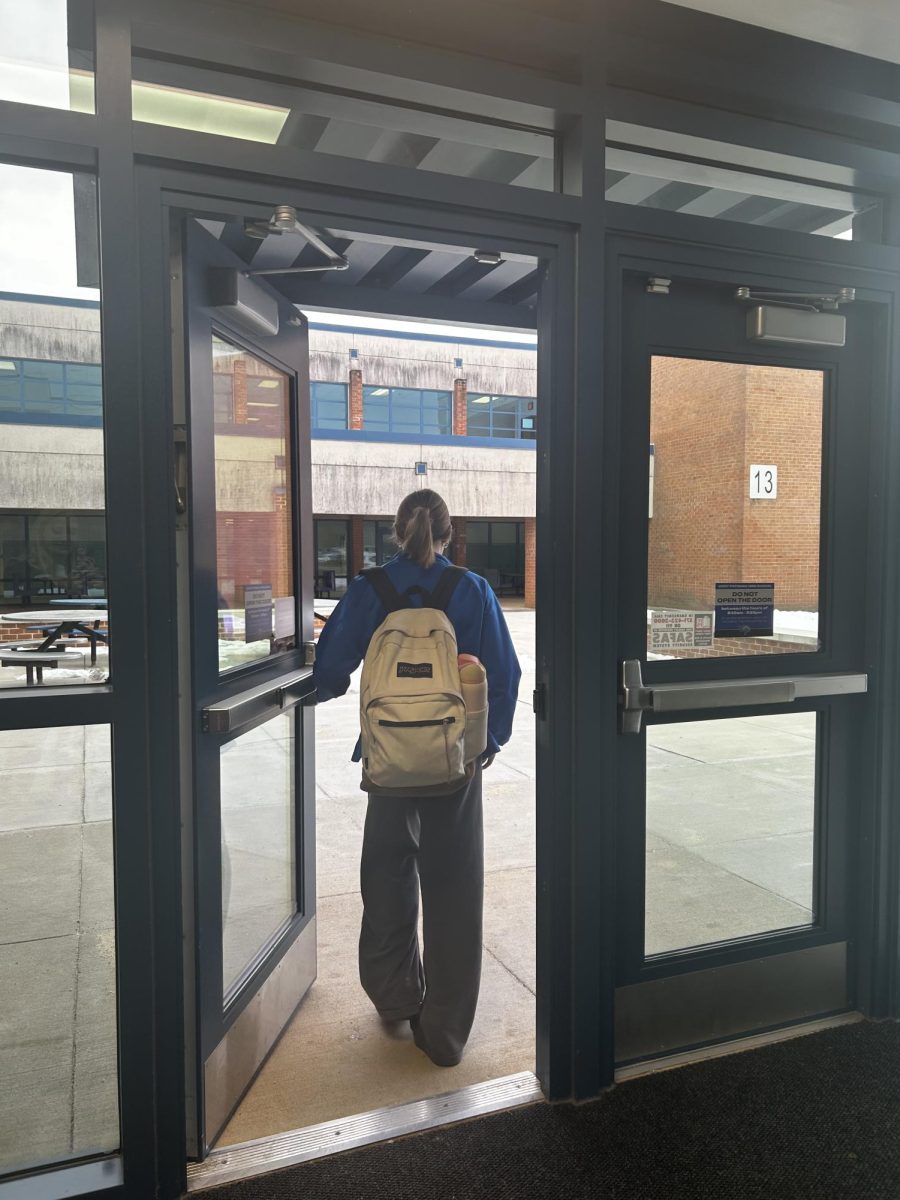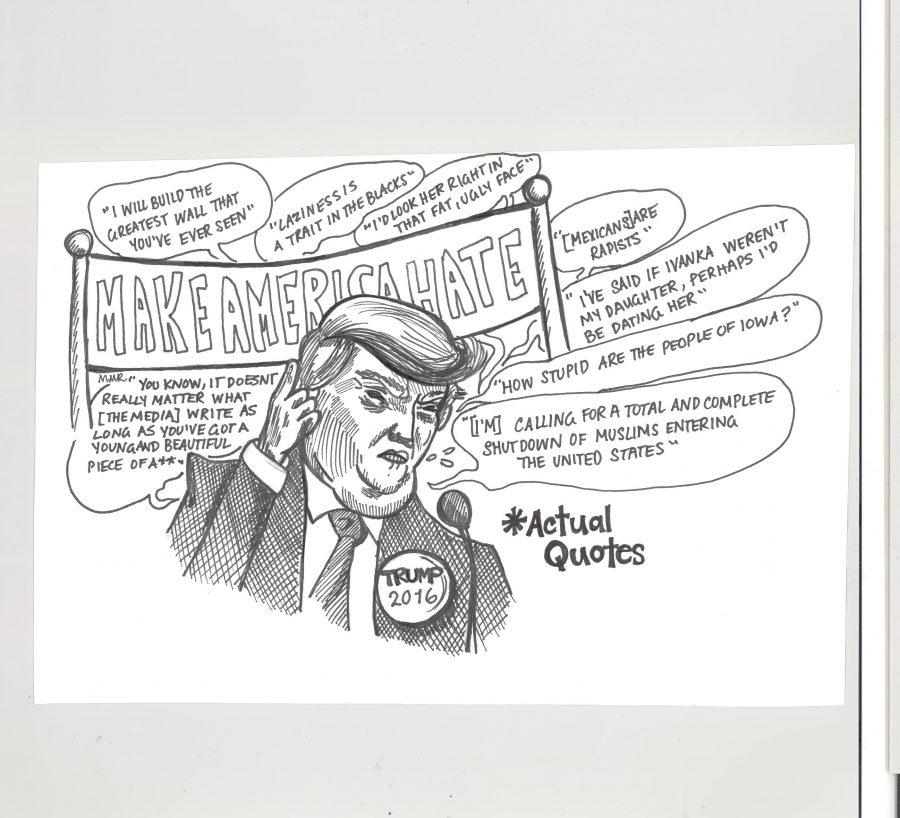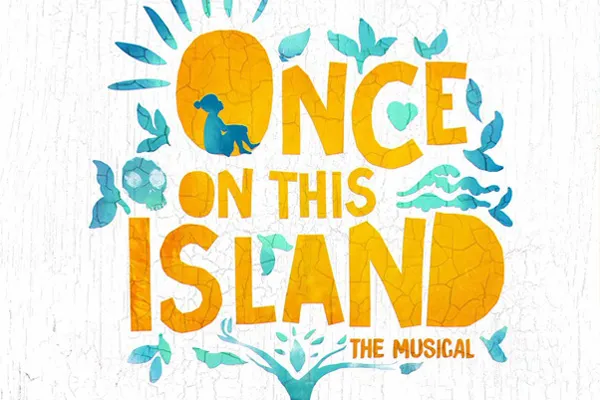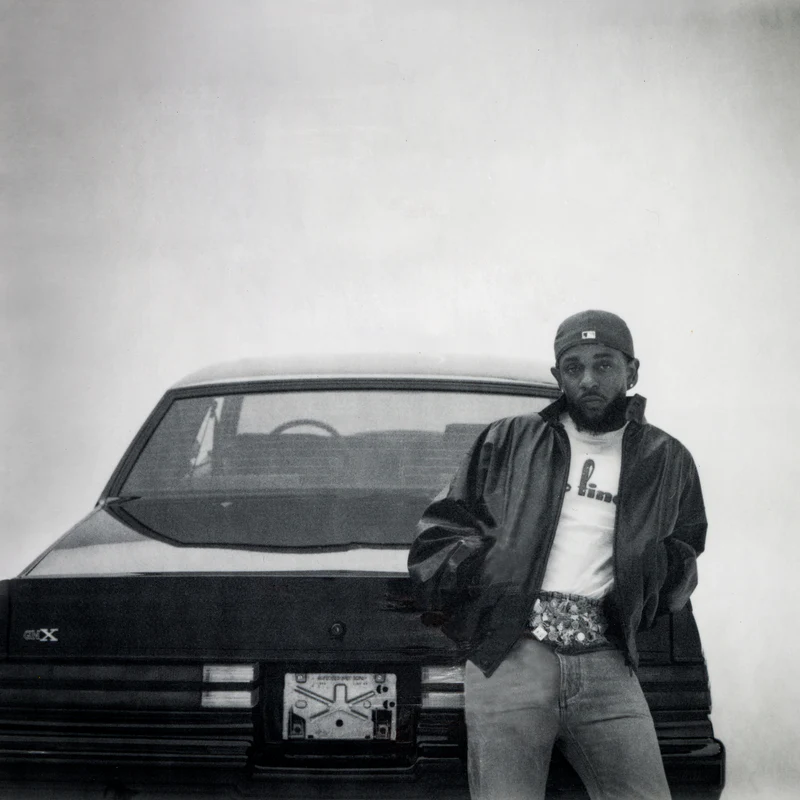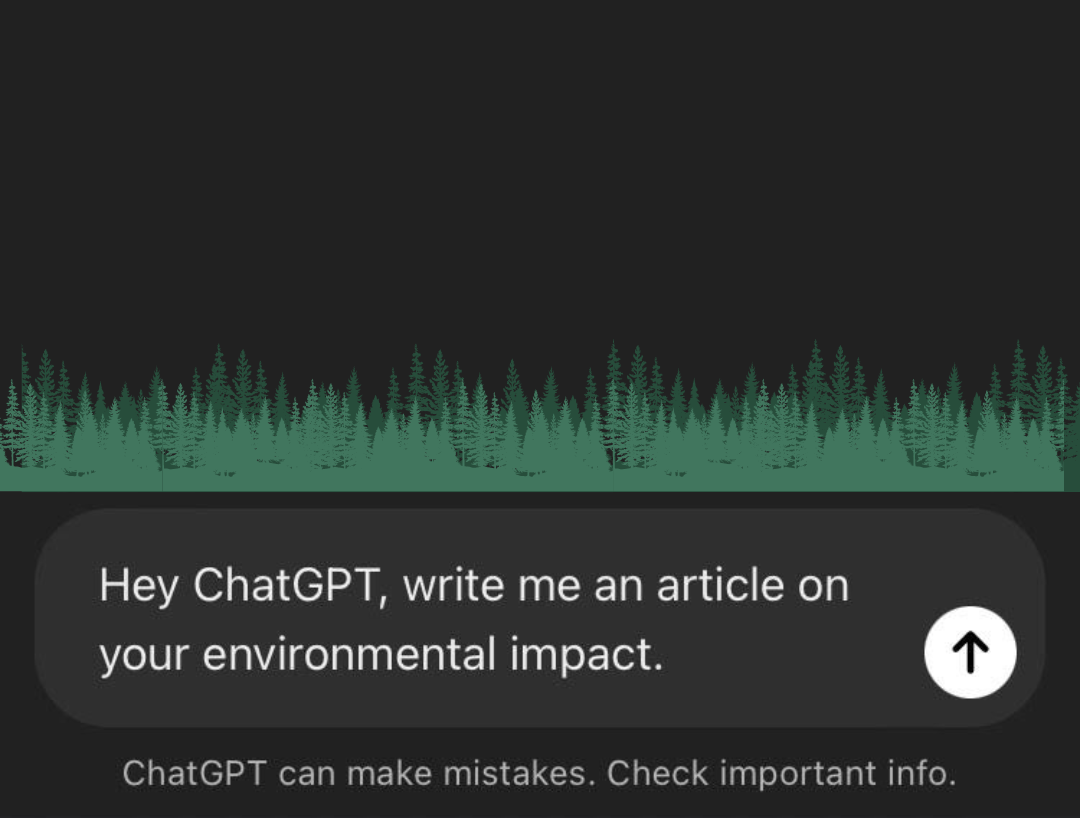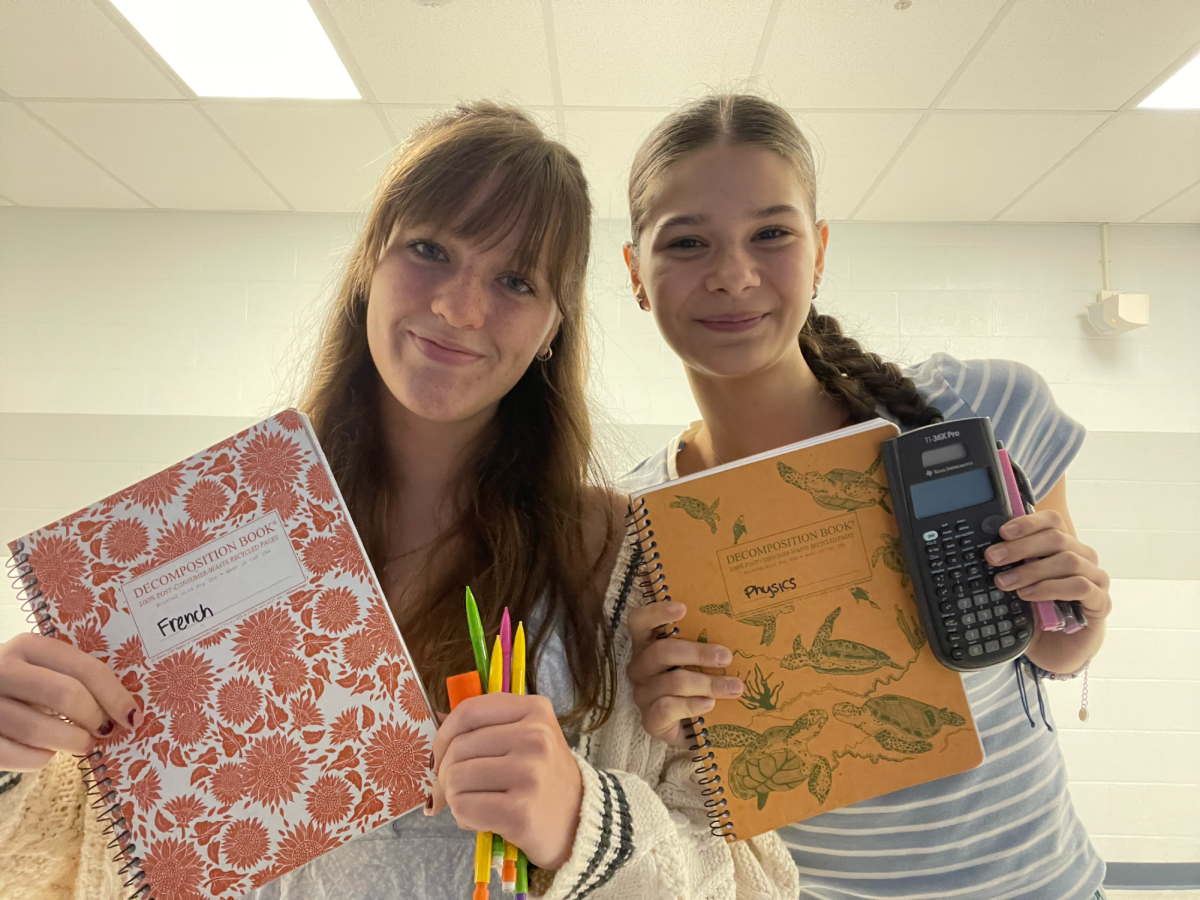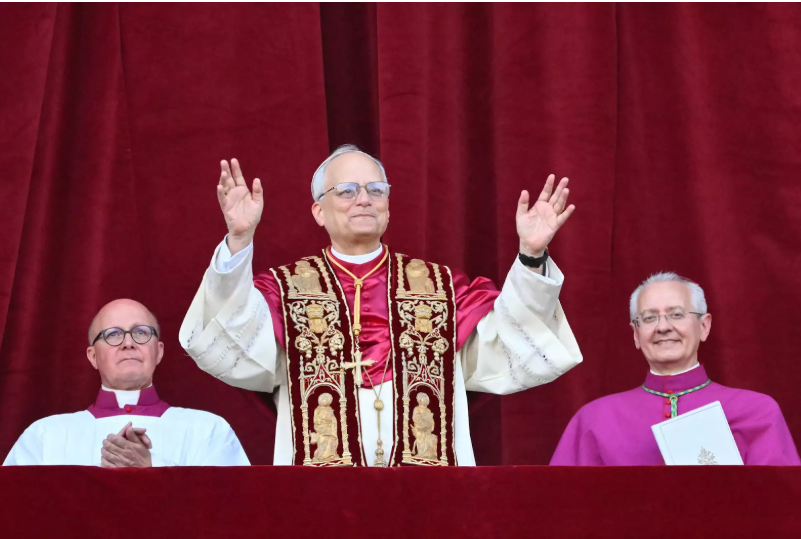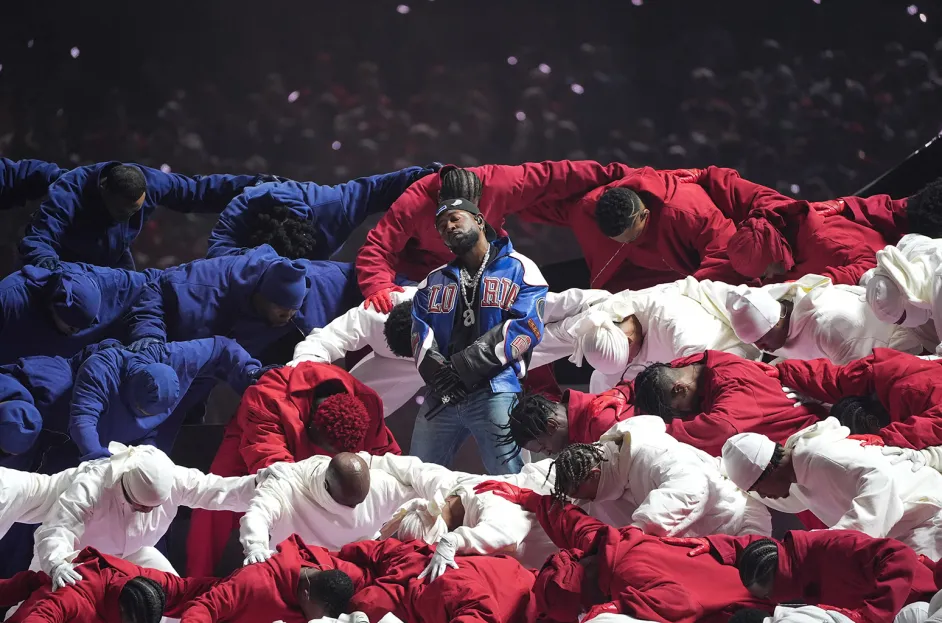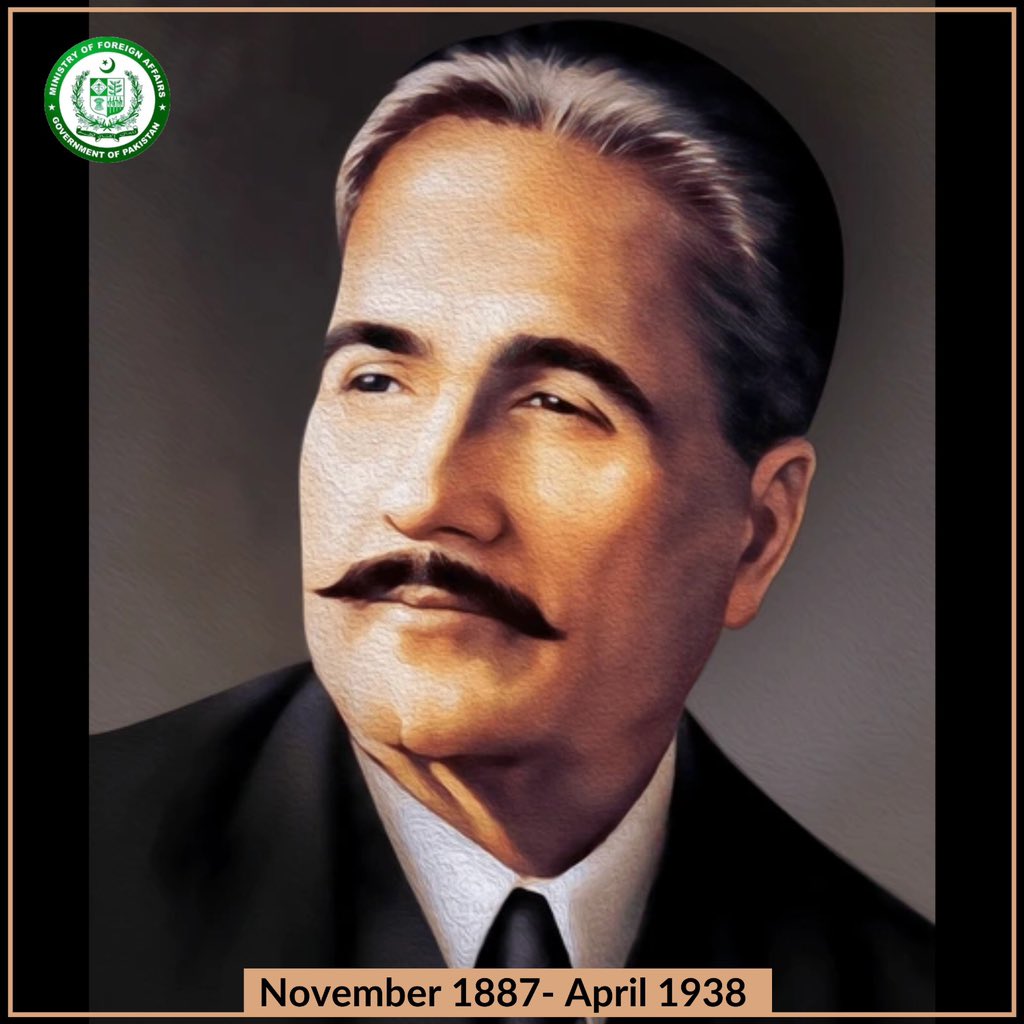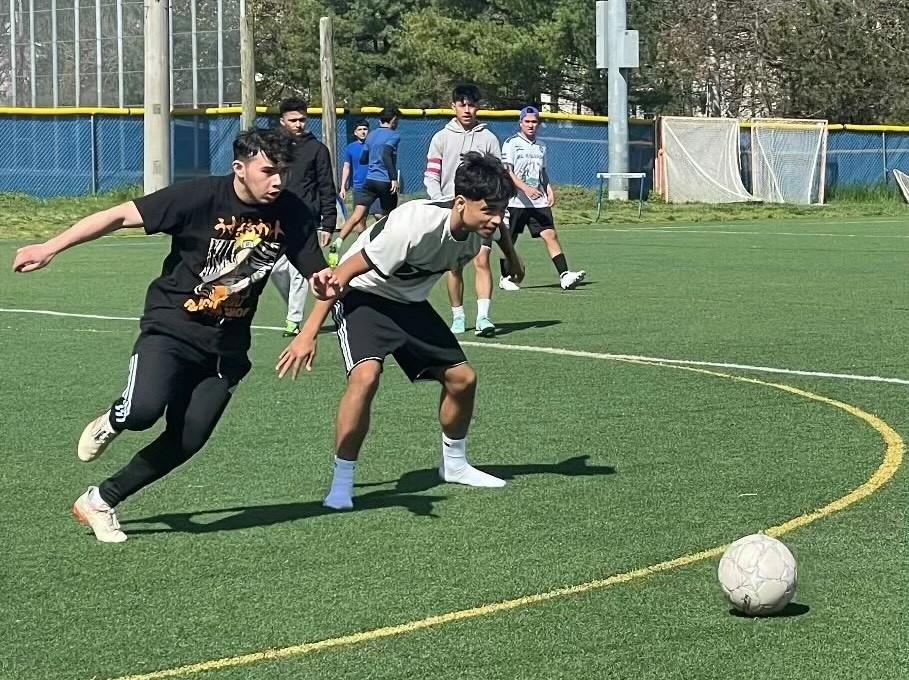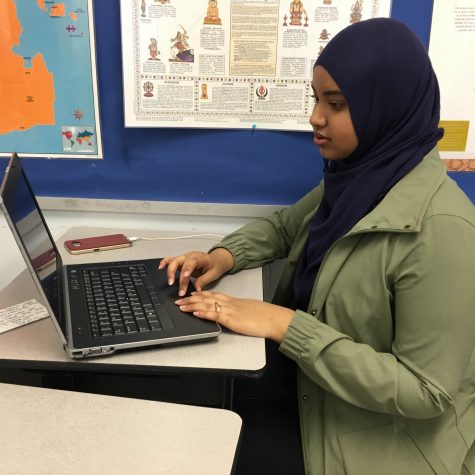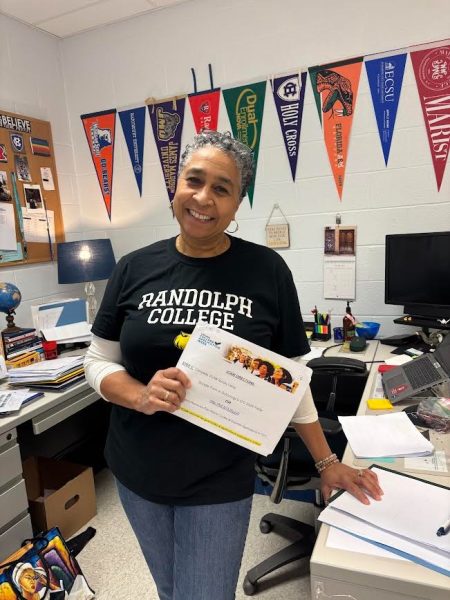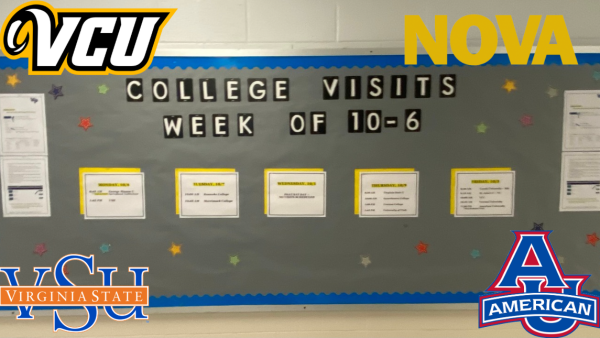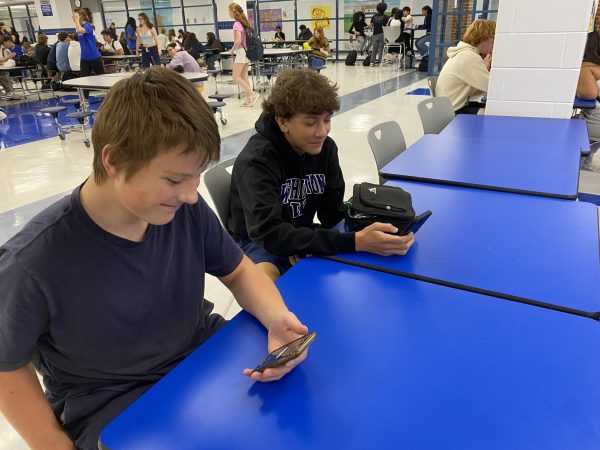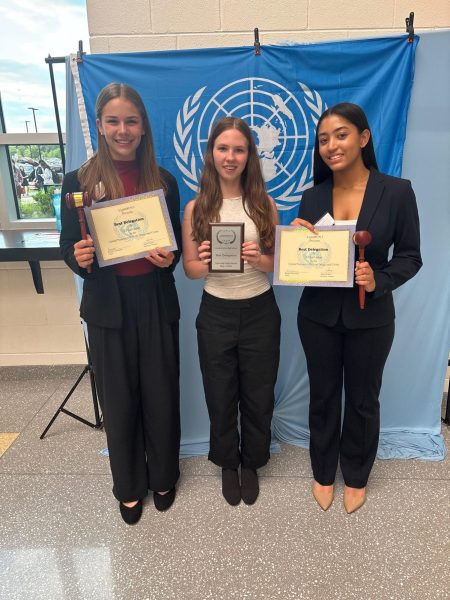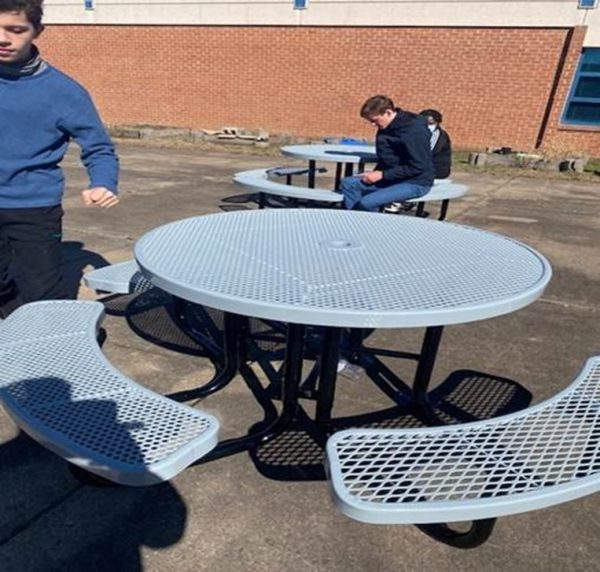Face to Religious Diversity: Students Share a Moment with Students from Mexico
This article appeared in the April/May issue of the Wire.
It’s fourth period on a rainy Friday, and students are returning to their class after A lunch. History teacher George Coe is setting up a video camera as his World Religions students file in through the door. Though they won’t ever leave their classroom, soon, his class will be interacting with teenagers from a very different, yet similar culture.
Face to Faith, a free program started by British politician Tony Blair in 2009 through the Tony Blair Faith Foundation, is a video conference program for middle and high school students that connects them with other schools around the world to discuss and better understand each other’s personal and religious views. West Potomac’s World Religions class usually takes part in several Face to Faiths each school year, and today, they are talking to students at Prepa Tec Campus Cumbres in Monterrey, Mexico.
Face to Faith’s conference moderator asks the first question to get conversation going, and a connection is made.
“At first I thought we wouldn’t have anything in common and we would sit in silence but once the camera turned on, and the questions were asked the conversions began to flow naturally,” said junior Intisar Mohamed. She explains that she chose to take World Religions because she wanted to learn more about different religions and see what others believed in.
“So far, our class has done about three [Face to Faiths]. Every Face to Faith [we’ve done] was better than the other, and my experience [today] was great,” she added.
So what really goes on in the typical Face to Faith conversation? This time, the discussion started off with introductions from West Potomac students, followed by each side of the camera lens answering the icebreaker question, “What do you like or dislike about your community?” Later, the conversation took an in-depth turn when one student from Monterrey asked, “What is your opinion of the Mexican people?” From there, students on both sides worked on tearing down stereotypes from their respective countries.
Coe has been teaching World Religions for about five years, and first learned about Face to Faith at a religion workshop.
“[Face to Faith] conferences are interesting and allow students to see different cultures and different faiths,” said Coe. “Some of the conferences revolve around important issues like equality before the law or human trafficking. Later, students compared diversity in the United States with the diversity of Mexico, and discussed the role of religion in daily life. “
Face to Faith video conferences serve greatly in the World Religions class as a way to educate not only about religion, but also about diff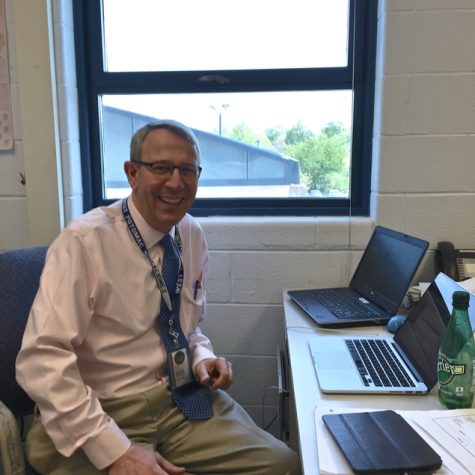 erent cultures and beliefs. Students will often discuss cultural issues, problems facing each other’s countries and explain what day-to-day life is like in another country.
erent cultures and beliefs. Students will often discuss cultural issues, problems facing each other’s countries and explain what day-to-day life is like in another country.
“I enjoy Face to Faith so much because I get to learn about different cultures and different beliefs,” said junior Mayra Osorio. “Face to Faith is probably my favorite part of world religion because we get to talk to people from different parts of the world and even if they’re miles away they feel close when we have the conferences. What I learned from Face to Faith is that even though we live in different parts of the world, we still are human beings and share similar likes and dislikes.”


